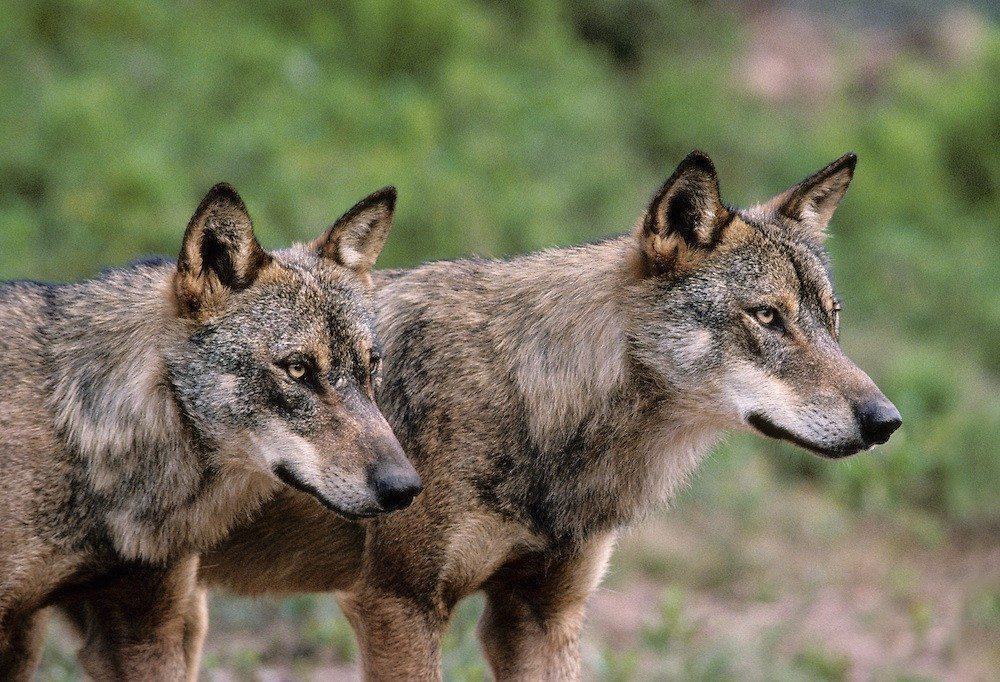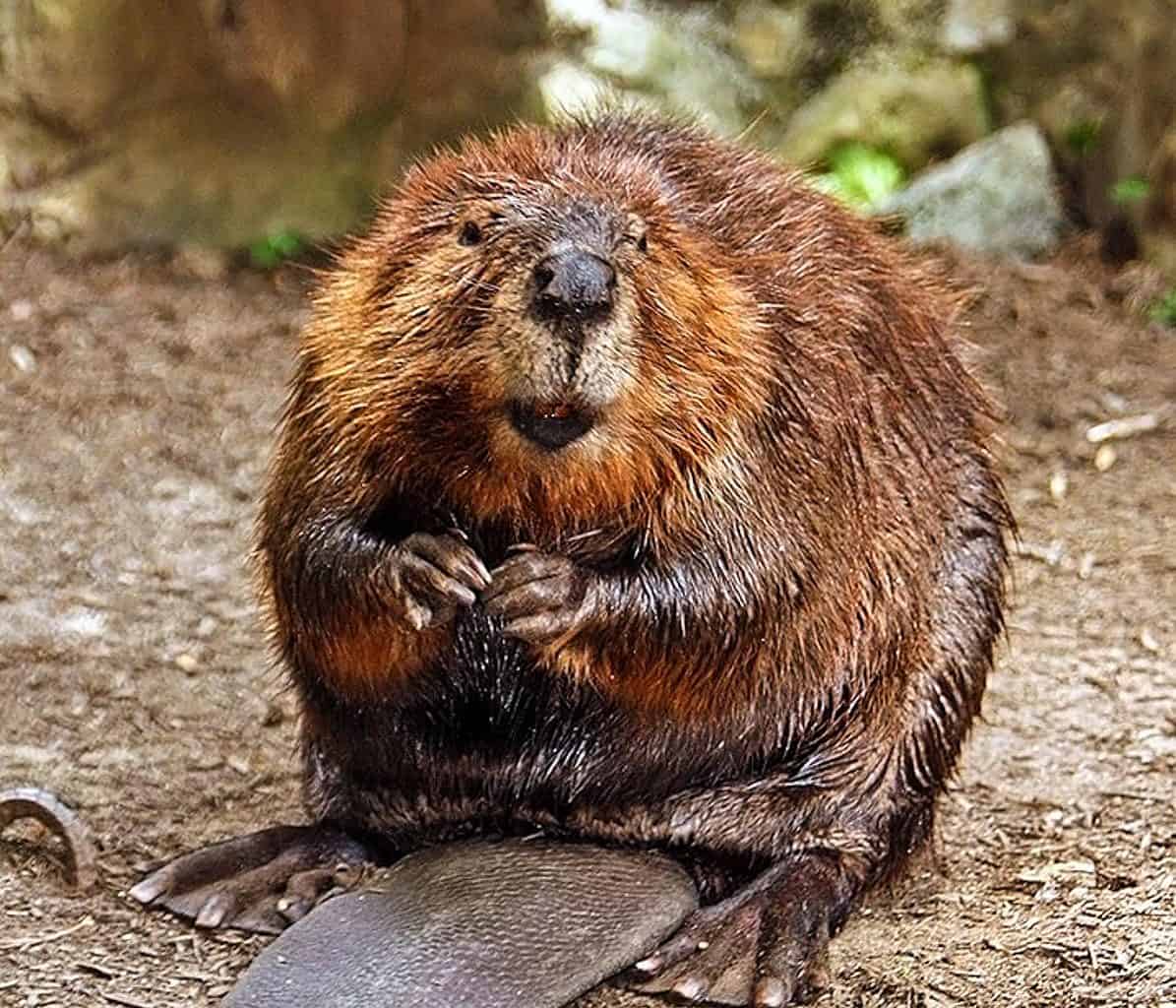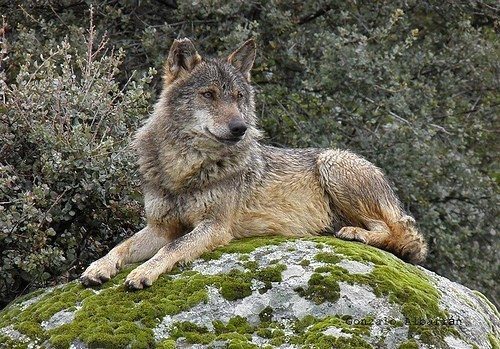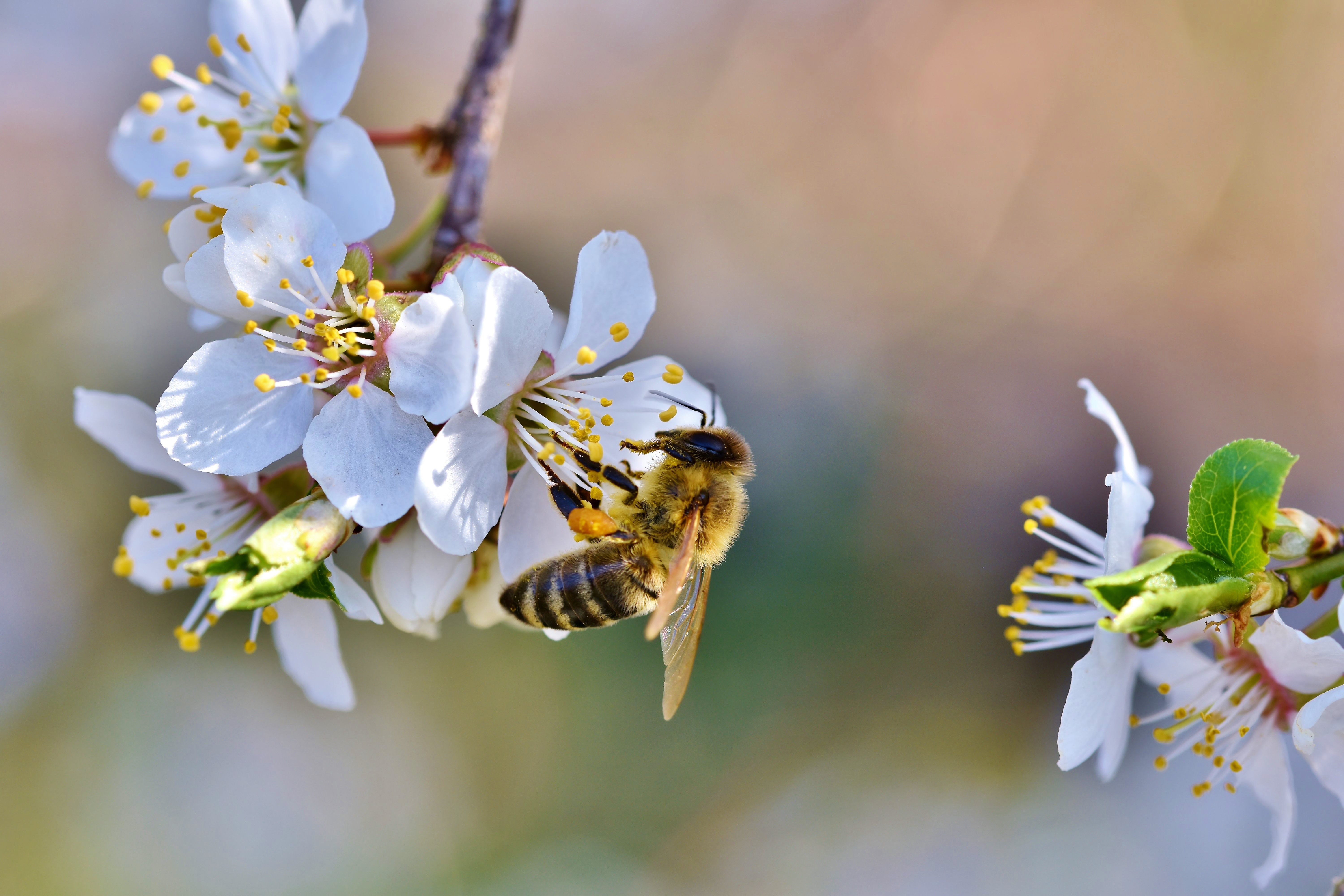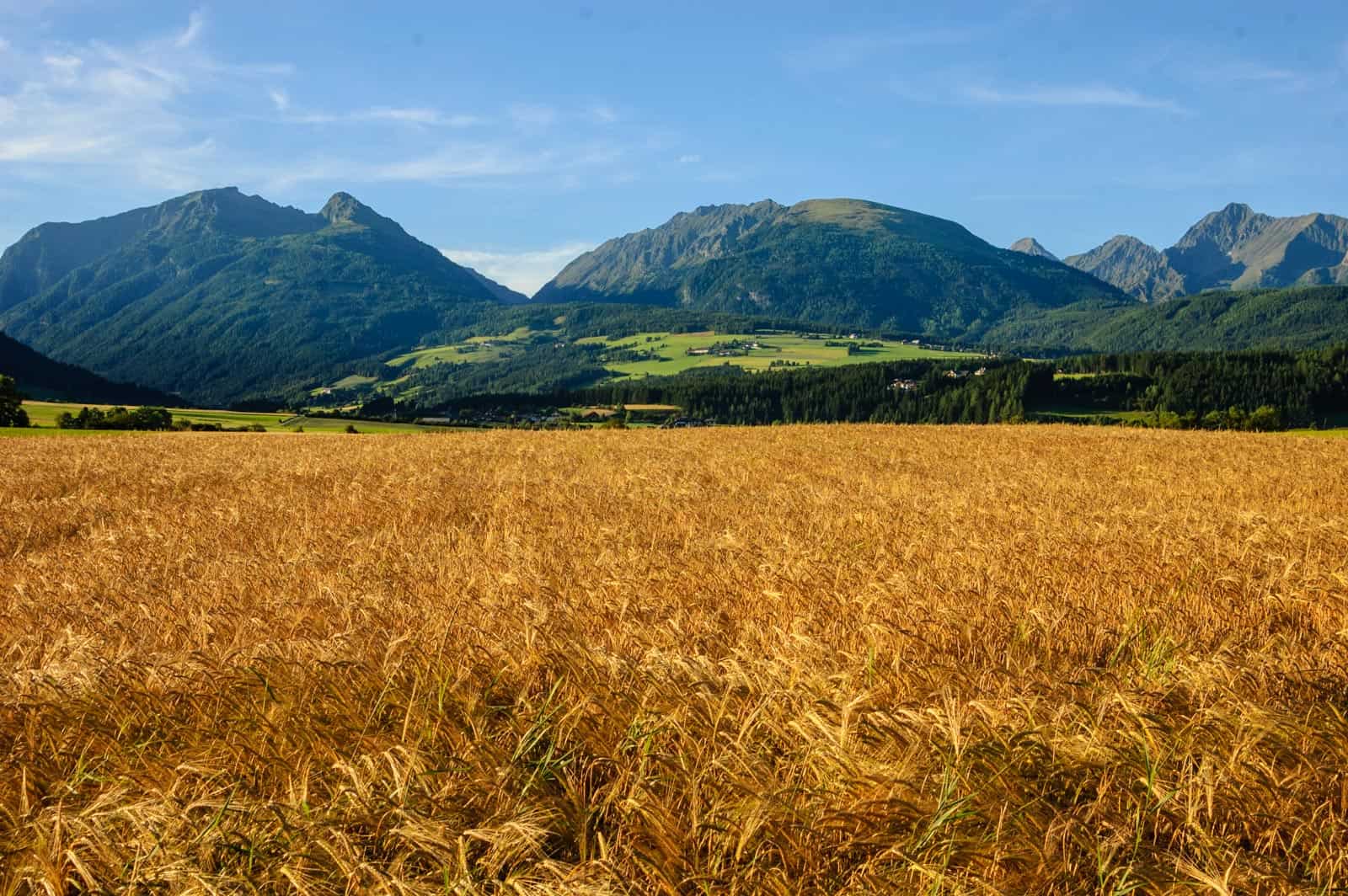Wolves create ecological balance in freshwater ecosystems
American and Canadian wildlife biologists have recently discovered a very unique example of how huge impact the hunting patters of wolves has on wetland creation and regulating freshwater ecosystems. The study published in Science Advances shows how the special dynamics of the predator-prey relationship are completely transforming the landscape, based on experiences of wolf-beaver population dynamics in the Voyageurs National Park in northern Minnesota, near the Canadian border.
Please also read: Wolves create healthy ecosystems
What are trophic cascades?
One of the most exciting discoveries of the last half century in the field of conservation biology was the existence of the wide-ranging trophic cascades. The trophic cascade is a web of ecological interactions that connects the top and the bottom of the food chain. A famous example is what happened in Yellowstone National Park when the wolves were reintroduced in 1995.
The regulatory effect on ecosystems can be two-way. When the trophic system is regulated from the bottom up, the producers (plants) that form the base of the food pyramid are the most important regulators. With fewer plants, there is scarcer resource availability for primary consumers (herbivores) and this affects secondary consumers (predators) as well.
Top-down regulation takes place when apex predators at the top of the food pyramid control the populations of primary consumers. This, in turn, allows the plant species, who are primary producers, to thrive. A good example of this is when the wolf, an apex predator, reduces the size of beaver population directly through hunting, and indirectly through creating fear in the prey species. A spatial or temporal decline in the consumer population can help, for example, to regenerate forests. All this further affects the populations of nesting birds in the forests and even the erosion of the soil. These cascade effects span multiple levels, propagate in waves and affect multiple actors in the ecosystem.
Wolves influence ecosystem engineering
Beavers fulfil a very important role in freshwater ecosystems. They are ecosystem engineers, who physically modify and habitats through their natural behaviour. By cutting down trees, digging canals, building dams and lodges, they change the landscape and so have an indirect impact on the distribution and abundance of many species. The recent study sheds the light on how the coexistence of native Canadian beavers and grey wolves drastically impacts wetland creation and habitat dynamics in Minnesota.
Researchers monitored the relationship system between beavers and wolves for several years through satellite tracking and field research within the Voyageurs Wolf Project. Researchers first noticed that certain wolf packs are specialising on beaver hunting, with some alpha males demonstrably killing 36 beavers in a year. This equals about 7 beaver colonies. On closer inspection however, they found out that these wolves in fact do not hunt down complete colonies. They rather exclusively go for dispersing individuals who leave the colony in search of previously abandoned or new wetlands. As a result of killing dispersing beavers, the colonisation and recolonisation of wetlands is delayed in the given year, as is the construction of new dams and lodges serving as natural dams. This means that the area is not flooded by water all year round, which supports the ecological succession of the surrounding forests.
Dynamic balance
At the same time, research shows that the beaver population in the national park did not decrease significantly, despite the fact that some wolf packs were able to kill yearly up to 40% of the beavers living in their area. Depending on where wolf packs were hunting in a given year impacted the spatial distribution of beavers. This on a larger scale created a dynamic balance in the study area. Moreover, this predator-prey relationship had a very strong impact on the landscape dynamics. The size and position of the beaver ponds changed year by year, however, researchers found that the overall picture on the landscape-scale remained unchanged. By influencing the spatial and temporal dynamics of beavers, which play a key role in landscaping, this is a great example of how wolves are driving the regulatory processes in ecosystems.
Poster available for downloading in 18 languages: Wolves restore nature’s balance in Europe

